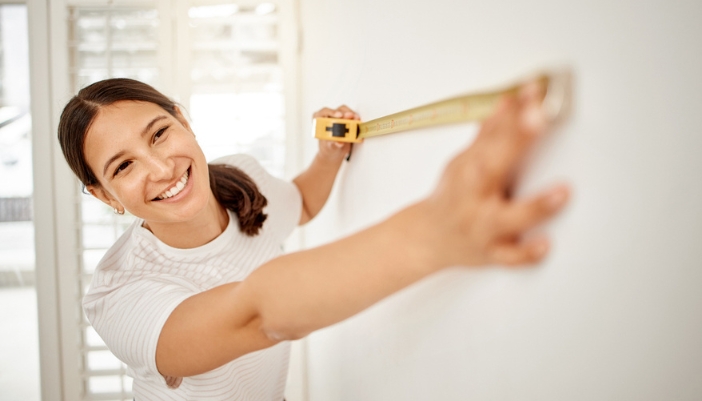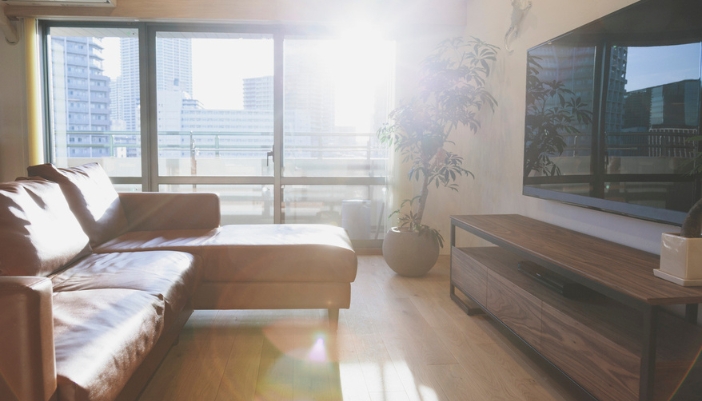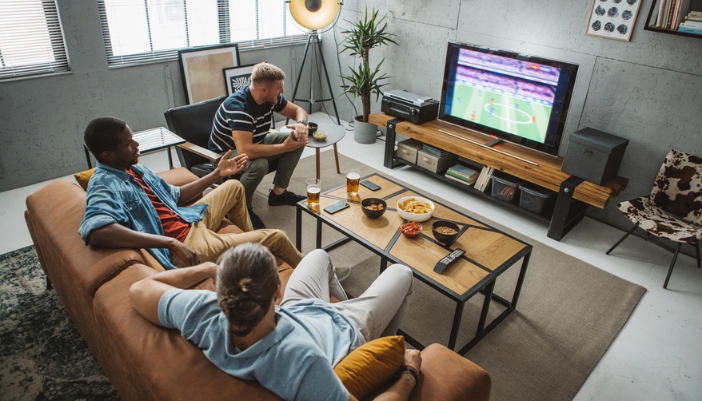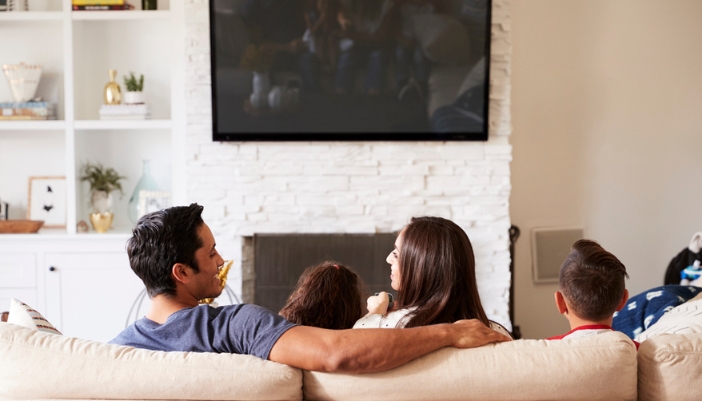You finally pick out a brand-new TV, unbox it, set it up, and… something feels off. Maybe it's too big for your space, or the picture looks weird in your bright living room. Maybe the resolution you splurged on doesn't look different from your last TV. Whatever the case, the excitement fades, and regret starts creeping in.
It happens more often than you'd think. Buying a TV seems simple, but getting the perfect fit for your space means thinking beyond screen size and price. Our experts at Lang's Audio TV & Appliance have helped plenty of customers avoid these all-too-common mistakes, and we're here to help make sure your new TV is one you'll love—no second-guessing required.

Size Matters: Finding the Right Fit for Your Room
You don't need a TV so big it feels like you're sitting in the front row of a movie theater—unless you enjoy a stiff neck and motion sickness. On the flip side, a too-small TV can make you feel like you're squinting at your favorite shows from across the room. Getting the right size is all about balance.
- Measure your seating distance: Multiply the feet between your couch and TV by 8 to get a recommended screen size in inches. Sitting 7 feet away? Aim for around 55 inches.
- Think beyond the screen: A massive TV might technically fit your wall, but does it leave room for speakers, décor, or a media console? Make sure your setup doesn't feel cramped.
- Consider who's watching: If your household watches from multiple angles, a slightly larger screen can help everyone get a great view.
- Make sure your space can handle it: A bigger TV means a bigger presence. A more moderate size might feel more natural if you're working with a cozy room.
Resolution Real Talk: What You Actually Need
A higher resolution always means a better picture, right? Not necessarily. While those flashy "8K Ultra Super Mega HD" labels might sound impressive, the truth is, your eyes—and your wallet—might not notice the difference. The key is choosing the right resolution for your screen size, viewing distance, and what you actually watch.
For most people, 4K is the sweet spot—it delivers sharp detail without being overkill. If you're upgrading from a 1080p TV, you'll notice a difference, but only if you're watching 4K content (streaming services, Blu-rays, or gaming consoles that support it). 8K, on the other hand, is only worth considering if you're going for a massive screen (75 inches or larger) since the improvement over 4K is barely noticeable on smaller TVs. On the flip side, if you're looking at a TV under 43 inches, 1080p can still hold up well, especially for casual viewing.

Room Lighting: Avoiding the Glare and Gloom
Ever tried watching a dark, dramatic scene, only to see your own reflection staring back at you? Or maybe your TV looks great during the day but becomes a washed-out mess when the sun hits? Lighting plays a massive role in picture quality, and getting it wrong can ruin even the best TV.
- Bright room? Go for a brighter screen: LED TVs are a solid choice for well-lit spaces because they offer higher brightness levels to combat glare.
- Dim or dark room? OLED shines: OLED screens deliver deeper blacks and better contrast, making them perfect for low-light settings like home theaters.
- Beware of direct sunlight: If your TV faces a window, consider blackout curtains or an anti-glare screen to keep your picture crisp.
- Check the screen finish: Glossy screens can enhance colors but also reflect light, while matte screens reduce glare but might mute contrast.
- Adjust your lighting: Soft, indirect lighting (like bias lighting behind the TV) reduces eye strain and enhances picture quality without unwanted reflections.
Pro Tip: If glare is an issue but you don't want to rearrange your entire room, a tilting or swiveling wall mount can help you angle the screen away from light sources.

Must-Have and Nice-to-Have Features
TVs come packed with fancy-sounding features, but let's be real—some make a difference, and some are just marketing fluff. Before paying extra for the latest buzzword, let's break down what's worth it.
- HDR (High Dynamic Range): It enhances color and contrast, making bright scenes brighter and dark scenes darker. Look for TVs with HDR10 or Dolby Vision for the best quality.
- Refresh rate: If you watch sports, game often, or do anything with high motion, a higher refresh rate (120Hz or more) keeps everything smooth and blur-free.
- Gaming features: If you play on next-gen consoles, look for low input lag, variable refresh rate (VRR), and HDMI 2.1 for the best experience.
On the opposite side of the spectrum, these features are great but not essential for all households:
- 8K resolution: While there’s still limited content available in 8K, it can be a smart way to future-proof your setup—especially if you’re going for a larger screen and want to stay ahead of the curve.
- Curved screens: They add a subtle wraparound feel and can look stylish in the right room, and if your favorite chair is front and center, this might be a great set-up for you.
- Advanced AI picture adjustments: Some TVs include advanced upscaling and auto-adjustments. These can make a difference with older content, but the improvement may be more subtle depending on what you’re watching.

Placement Perfection: Where and How to Set It Up
You picked the perfect TV—now, where do you put it? A bad placement can lead to awkward angles, washed-out colors, or even muffled sound. Whether wall-mounting or using a stand, a little planning goes a long way.
- Wall-mounting frees up space and looks sleek, but make sure your wall can support it. A stand offers flexibility and easy access to ports but takes up more room.
- For the best viewing experience, position your TV centered with your main seating area. If your layout forces an off-center placement, consider a swivel mount.
- If you're using external devices like a soundbar, gaming console, or streaming box, ensure your setup allows easy plug-ins without moving the TV.
- TV speakers are often rear-facing or downward-firing, meaning placement can affect audio quality. If you're wall-mounting, adding a soundbar can make a big difference.
Your Perfect TV Awaits
A new TV should feel like an upgrade, not a disappointment. Whether setting up the ultimate home theater or upgrading your everyday screen, getting the right size, resolution, and features makes all the difference. If you're still unsure what's best for your space, our experts at Lang's Audio TV & Appliance are happy to help—because a little guidance now saves you from buyer's remorse later. Stop by and explore our selection, ask us your questions, and find a TV you'll be excited to turn on every day!